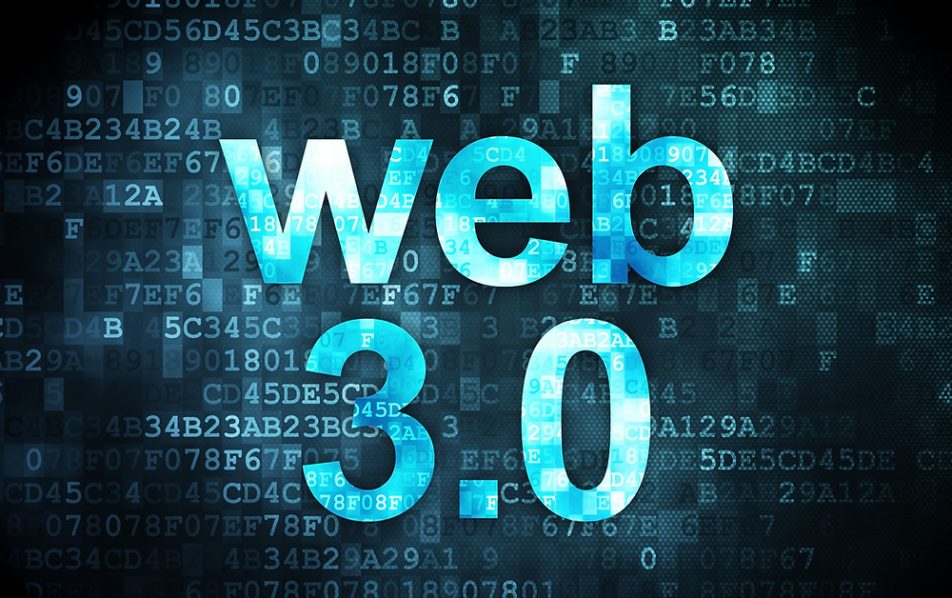


Web 3.0 was in talks for a while but still, confusion is there about its adoption and usability.
The World Wide Web, or simply “the web,” has undergone significant changes since it was first introduced in the 1990s.
Today, we are currently in the era of Web 2.0, which brought many advancements and improvements, such as social media, online collaboration, and the rise of mobile devices.
However, Web 2.0 also has some significant limitations and issues. In this article, we will explore the concept of Web 3.0, also known as the decentralized web, and why it is seen as an important evolution of the current web when Web 2.0 is already working so well.
Web 2.0, also known as the “read-write web,” has enabled a new level of user interaction and collaboration, allowing for the creation and sharing of content, as well as the development of social media and other interactive platforms. However, despite these advancements, there are still limitations and challenges in the current web.
Web 3.0, also known as the “Semantic Web,” aims to address some of these limitations and challenges by creating a more intelligent, interconnected, and decentralized web.
While Web 2.0 has enabled a new level of user interaction and collaboration, Web 3.0 aims to address the limitations and challenges of the current web and create a more intelligent, interconnected, and decentralized web that gives users more control over their own data and allows them to share it on their own terms.
While Web 2.0 has brought many benefits, Web 3.0 has the potential to address some of the significant limitations and challenges of the current web, and create a more open, secure, and inclusive online ecosystem for all.
The decentralized nature of Web 3.0 provides a more secure and transparent way of handling data, allowing for more control and ownership for users.
NFTs also allows for the creation of verifiable, scarce digital assets that can hold value in the same way as physical assets. As Web 3.0 technology continues to evolve, it is an exciting time to see how it will shape the future of the web.
Abhishek Anand is the founder of Skill Bud Technologies Pvt. Ltd., a tech company that specializes in Web 2.0, Web 3.0, NFT, Metaverse and digital marketing. He is also an author, Speaker and mentor.